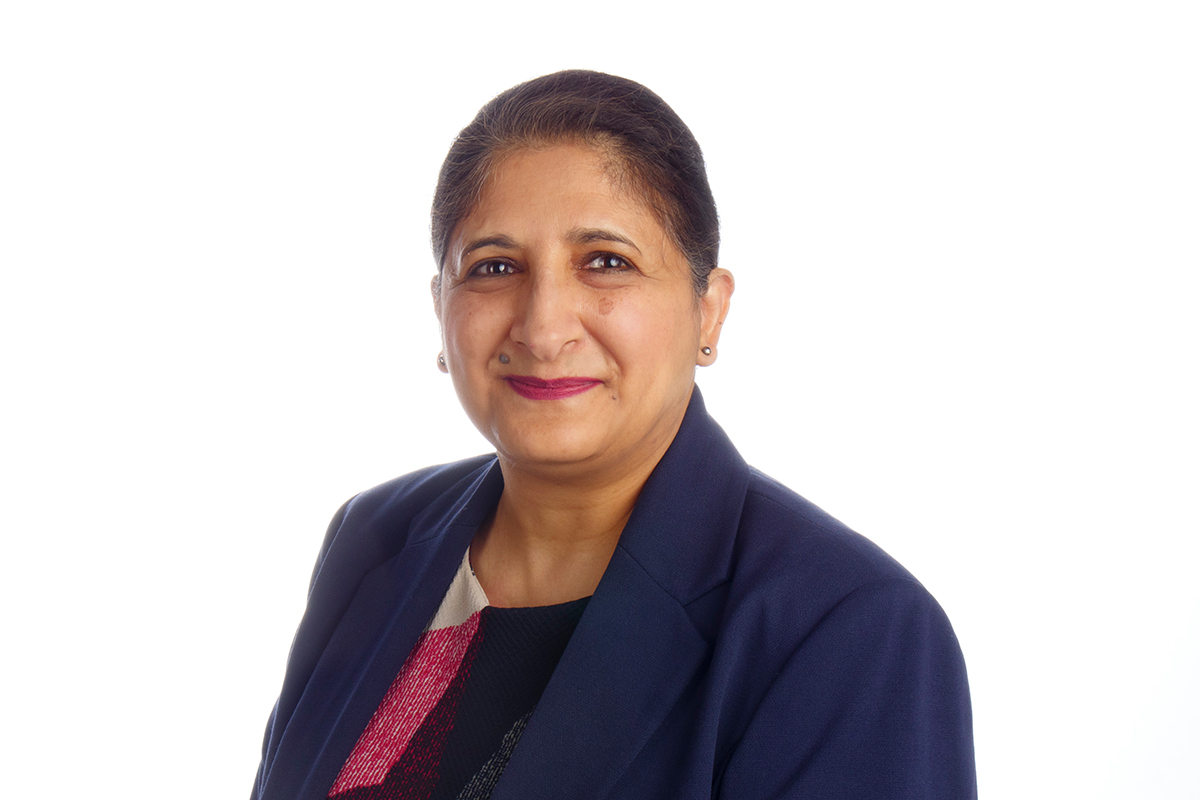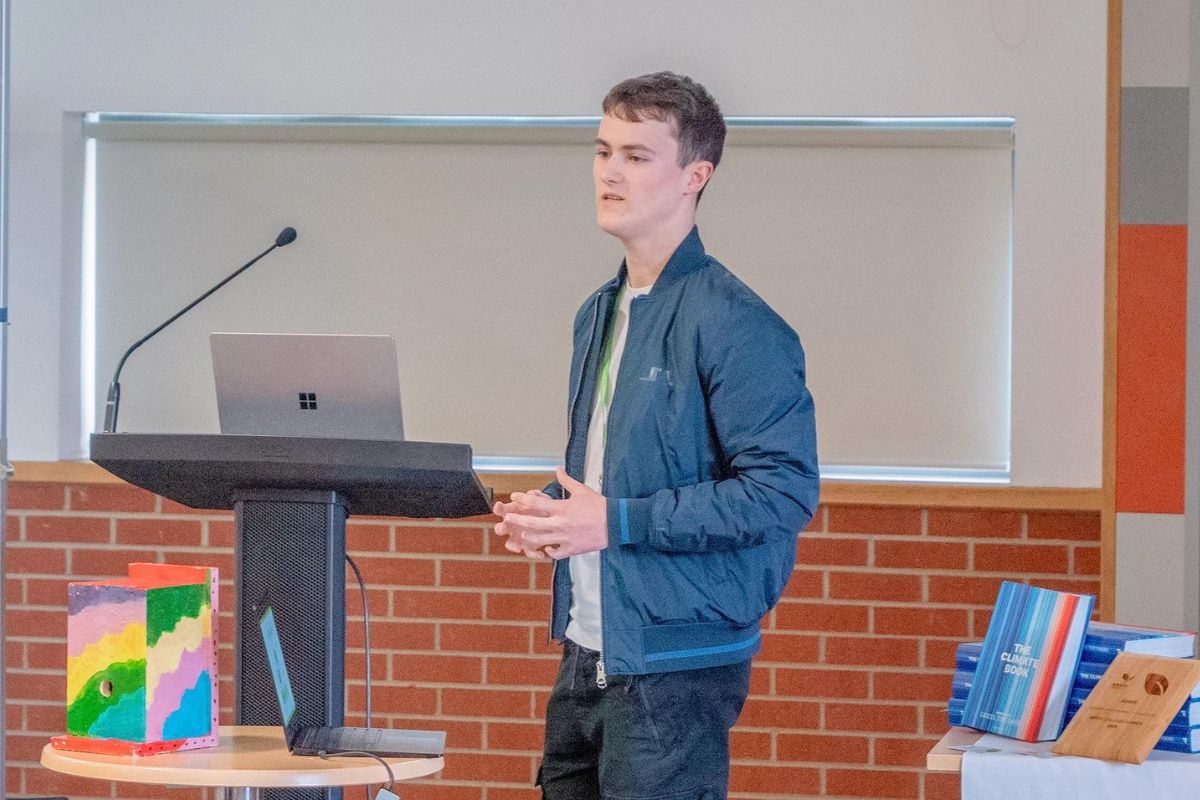‘Play Your Cards Right’ in Higher Education – Why Social Mobility Should Not Be A Lottery

If you watched the ‘Play Your Cards Right’ game show, you’ll remember nine cards were randomly selected from the pack of 52 before being placed face down on the board. A contestant would then turn over successive cards, predicting whether each card would be higher or lower than the next.
Why do I mention this? Because getting to university should not be a lottery like this for bright young talent that happens to come from more disadvantaged backgrounds.
Social mobility remains a crucial indicator in the creation of an equal and vibrant society – and also a healthy, opportunity for all, economy. In my view there are several different types of social mobility. Economic mobility refers to the ability of citizens to move up and down the economic ladder – and one of these critical ladders is the ability of young people to attend university.
An economy driven by social mobility gives everyone the chance to aspire toward prosperity. This can involve access to a broad range of education through hard work, and also individual aptitude on a larger scale. Someone who just happens to be born ‘poor’ and from an apparently disadvantaged background is not destined to be stuck in that social class their entire life.
An equally important term is social value. In the context of an organisation, like a university, this is a long-term, ongoing commitment to ‘doing better’ from individuals, communities and arguably environmentally too. It’s a desire that should sit at the heart of an organisation to create as much positive impact and as little negative impact as possible.
Last November, in partnership with the DfE and The Sutton Trust, the Institute for Fiscal Studies (IFS) released a significant study entitled ‘Which university degrees are best for intergenerational mobility?’ It used data on socio-economic background and education pathways linked to labour market outcomes and salary income.
On their website, The Sutton Trust states that their main aim is to “fight for social mobility from birth to the workplace so that every young person – no matter who their parents are, what school they go to, or where they live – has the chance to succeed in life.” As an organisation, they have continued working tirelessly to improve social mobility, including addressing access to higher education.
The IFS study – and a Research Brief by the Sutton Trust – highlights the challenges for young people from less well-off backgrounds attending university. It looked at stats for young people who completed their GCSEs between 2002-2004, who entered university from 2004 to 2006 and reached the age of 30 by 2019.
Here are some of the findings:
- More selective universities offer the best chance of becoming higher earners and access to these universities has improved in the last two decades. But those with high rates of mobility can do more to improve access by poorer young people. Improving access does not have a significant negative effect on labour market success
- Many Russell Group universities have high success rates but admit very few FSM students, leading to below-average mobility rates. Queen Mary University of London is a remarkable exception, performing extremely well on both metrics and topping the overall mobility rankings
- One of the biggest influences on mobility scores appears to be geography, with London in particular dominating the top rankings
- Significantly, while the role of higher education in social mobility is part of the story as a consequence of wider educational inequalities, the research offers a more positive picture of the impact universities can have on young people
- Social mobility in English universities is improving
- Courses with the highest mobility rates include computing, pharmacology, medicine & medical sciences and engineering
The last point is particularly pertinent. STEM Learning currently manages the Nuffield Research Placements (NRPs) which are engaging, real-life research and development projects. In NRPs, talented year 12 (or equivalent) students are placed at the heart of a UK host organisation, particularly in university settings.
They are a fantastic opportunity for eligible students from poorer backgrounds to apply skills and knowledge learned at school while providing a meaningful contribution to the work of researchers at universities and industry professionals.
Improving access and social mobility is not only a role for universities – it’s about building relationships and opportunities for young people to see university research environments for themselves. It’s about meeting graduates, postgraduates, STEM Ambassadors and other role models.
These people may well be from disadvantaged backgrounds themselves, and can be catalysts for young people to consider studying STEM subjects. You cannot be what you cannot see, so role models play a significant element in future social mobility. Seeing is really believing.
Social mobility, however, should not be about moving into the elite for a very select few, but a more broadly based advance for the many, as noted in the Policy Exchange publication ‘Rethinking social mobility for the levelling up era’.
Back to ‘Play Your Cards Right’…by encouraging young people from more disadvantaged backgrounds to become more socially mobile and therefore help them access universities (with the help of initiatives like NRPs), their journey becomes less of a lottery.
Turning all the playing cards face up gives students the best chance to reach the highest level they can achieve through desire and achievement. It is therefore incumbent on ALL universities to have a strong social value stance, to allow unabated access for talented young people, particularly those from challenging and disadvantaged backgrounds.
Dr Ajay Sharman is Regional Network Lead for London & South East England at STEM Learning.
Ajay has a PhD in Philosophy (focused in Biochemistry) from University of Kent, and is hugely passionate about working with businesses across all sectors to support CPD for teachers and improve outcomes in STEM subjects for young people. He is also a proud STEM Ambassador.












Responses